How much does a home wind power system cost?
Study on the cost of home wind turbine systems Home wind power systems: a new option for sustainable energy As the energy crisis and environmental
Study on the cost of home wind turbine systems Home wind power systems: a new option for sustainable energy As the energy crisis and environmental
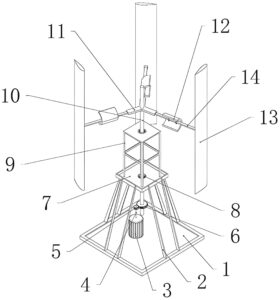
Building Your Own Vertical Axis Wind Turbine As a renewable energy source, wind power has attracted more and more attention and favor. Among many wind
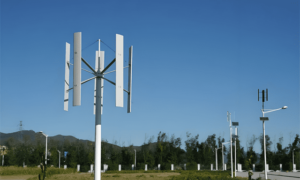
Lack of efficiency and reliability VAWT faces efficiency and reliability challenges compared to HAWT, hindering its popularity. VAWT’s vertical rotor design compensates for HAWT’s wind
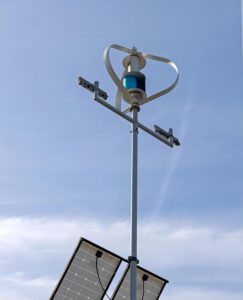
Introduction In the field of renewable energy, wind power has always been a hot technology that has attracted much attention. Among the many wind power
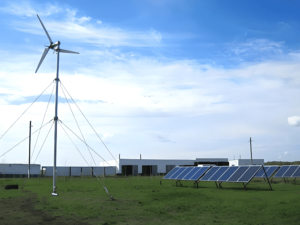
1、Single unit capacity and power generation of wind turbines When the “big windmill” rotates once, it can generate at least about 1.5 kilowatt-hours of electricity,
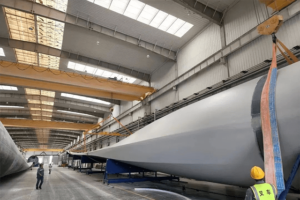
1. The growth of wind turbine power generation in the United States According to the latest data, U.S. wind energy generation increased by a staggering

Wind turbines generally consist of blades, hubs, main shafts, gearboxes (direct-drive generators do not have this configuration), generators, yaw systems, main controls, etc. The yaw
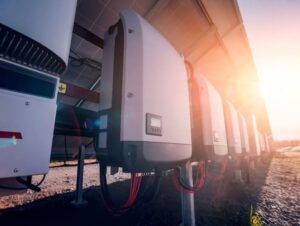
With the advancement of solar PV technology, PV and energy storage inverters have become essential for solar power stations. Despite being inverters, they differ significantly

1. Charge and discharge characteristics The characteristics of Lead-acid battery during charging and discharging, including the change of terminal voltage over time and the influence

Lead-acid battery knowledge Lead-acid battery is a common storage battery that is also widely used in various power systems. It is favored for its low

Solar solution energy As global attention to renewable energy continues to increase, solar photovoltaic power generation has gradually become the focus of attention. As copywriters,
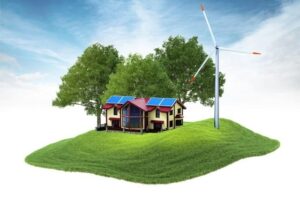
Breeze Power Generation: Harnessing Gentle Winds for Clean Energy With societal development, energy consumption rises, and the energy supply-demand contradiction grows. China prioritizes sustainability and